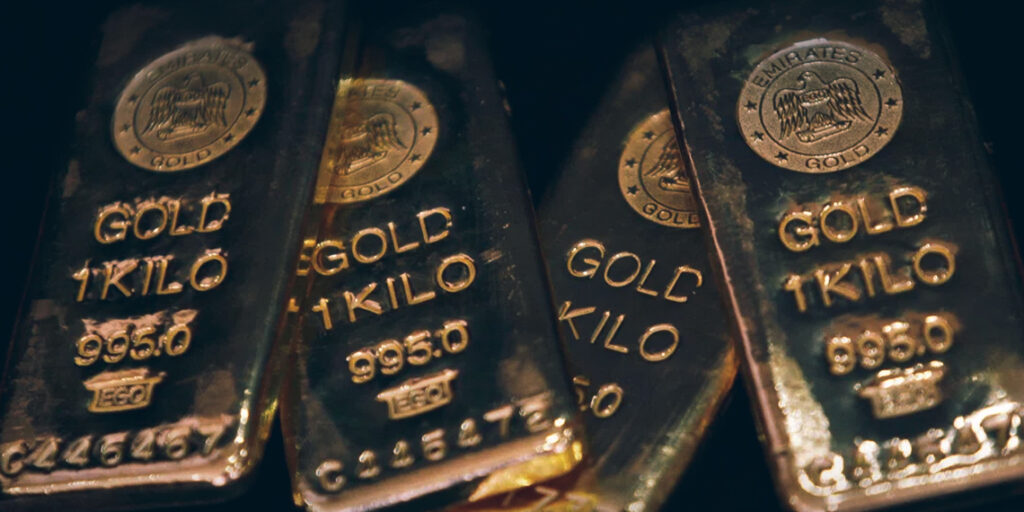The global gold and silver markets are facing unprecedented disruption as U.S. President-elect Donald Trump’s proposed universal import tariffs send shockwaves through the commodities sector. Investors and bullion dealers are scrambling to mitigate risks, driving demand for precious metals and pushing market metrics to historic highs.
A sharp rise in gold lease rates in London last week signals a frenzied race to relocate bullion to the United States before potential tariffs of up to 20% take effect. This market turmoil underscores growing concerns about the scarcity of freely available gold and silver stocks, with ripple effects expected across global trading hubs.
Lease Rates Soar Amid Bullion Demand Surge
Gold lease rates in London, which reflect short-term returns for loaning bullion, have skyrocketed to over 3.5% on an annualized basis—the highest level since at least 2002. This signals soaring demand for gold and silver as dealers attempt to shift metal to the U.S.
Robert Gottlieb, a former precious metals trader and managing director at JPMorgan Chase, highlighted the severity of the situation:
“The markets are in total dislocation. There seems to be a scarcity of available stocks in both gold and silver.”
Such disruptions have created lucrative arbitrage opportunities, as dealers move bullion physically between London and New York to exploit price disparities.
Arbitrage Trades and Price Spikes
Bullion-dealing banks like JPMorgan and HSBC are critical players in aligning prices between key markets. However, escalating spreads between New York’s Comex exchange and London prices are leading to significant losses for traders and hedge funds.
Max Layton, global head of commodities research at Citigroup, explained the appeal of arbitrage in this environment:
“If you’re a trader and can buy outside the U.S. at a discount, ship it in, and sell it for $40 more, you’re going to do that. So of course, there’s a scramble.”
Silver Market Faces Supply Squeeze
The proposed tariffs have amplified an existing supply crunch in the silver market, pushing prices higher. Daniel Ghali, senior commodity strategist at TD Securities, predicts silver prices will average $38 an ounce by the end of the year, a 31% increase.
“Trump’s tariff threat is accelerating the depletion of free-floating silver stockpiles in London,” Ghali stated.
London, a key global hub for precious metals trading, is seeing critically low silver inventories. Excluding exchange-traded funds (ETFs), free-floating silver reserves are estimated at just 305 million ounces—well below the 250 million ounces required for average daily trading.
Future Outlook: Price Spikes and Recycling
While low stock levels raise concerns of explosive price spikes, analysts note potential offsets. Marcus Garvey, head of commodity strategy at Macquarie Group, suggests higher prices could incentivize recycling and unlock ETF-tied silver inventories.
“To be fair, that would be a somewhat squeezy market at first, but the market would respond to that price signal,” Garvey added.
With tariff threats looming and inventory levels dwindling, the precious metals market faces a volatile and uncertain road ahead.


